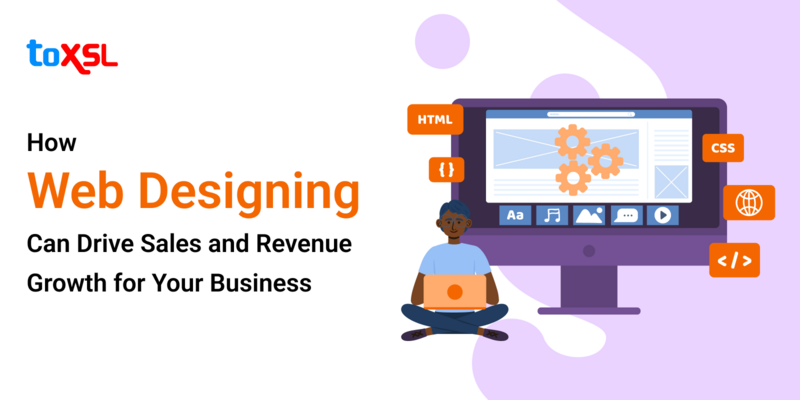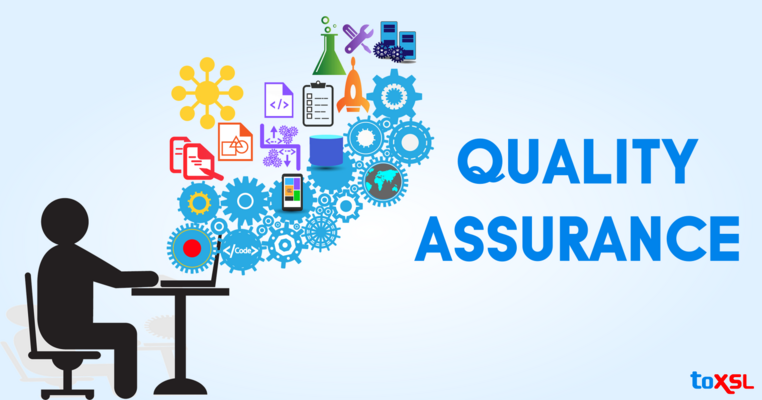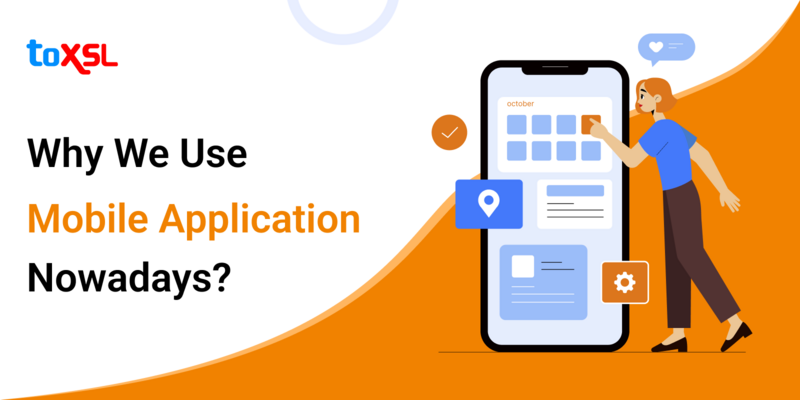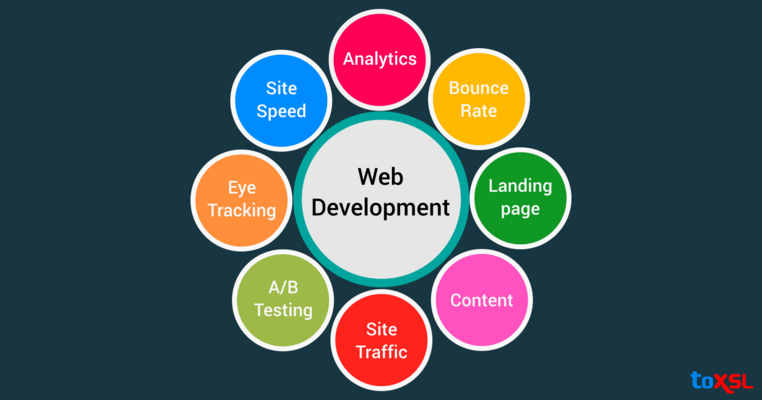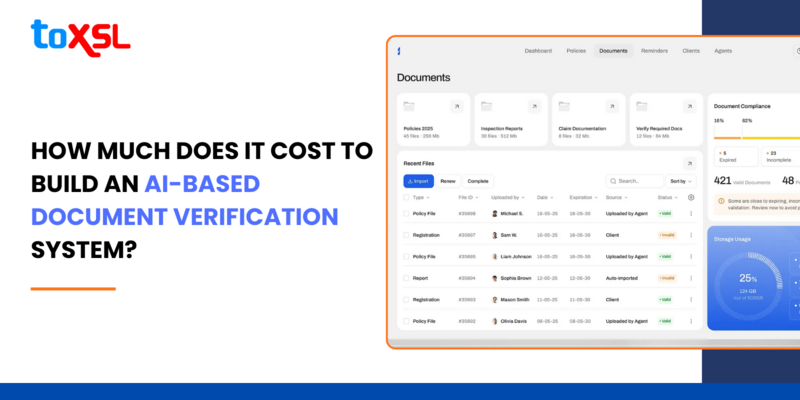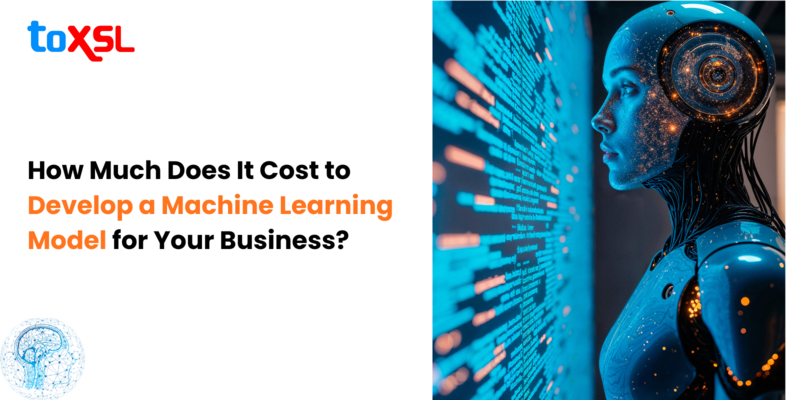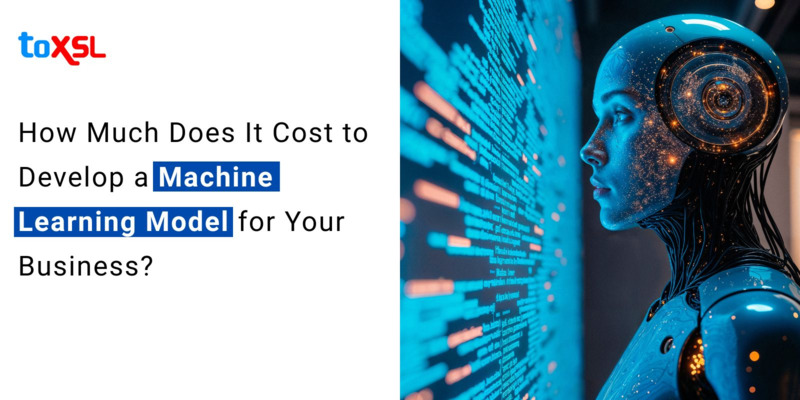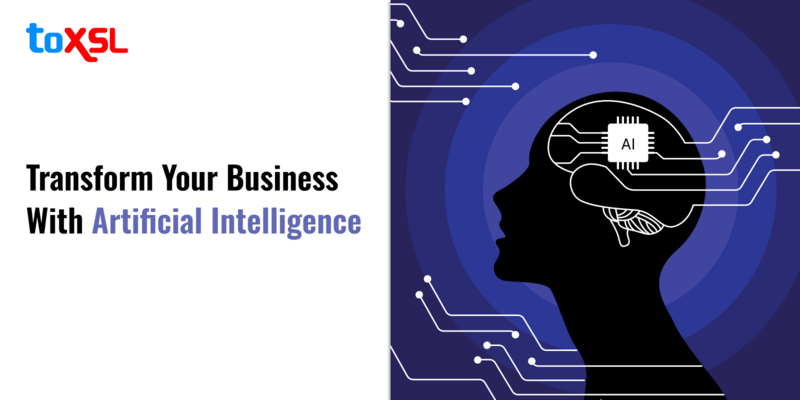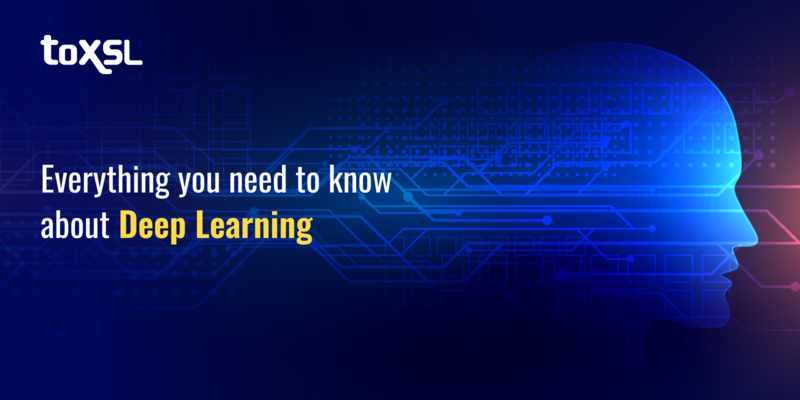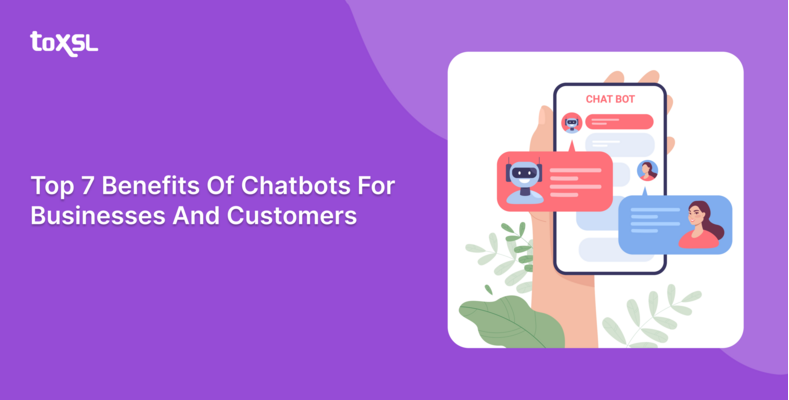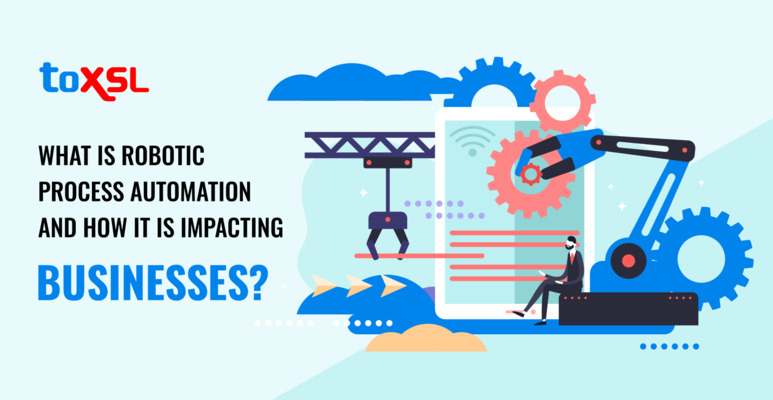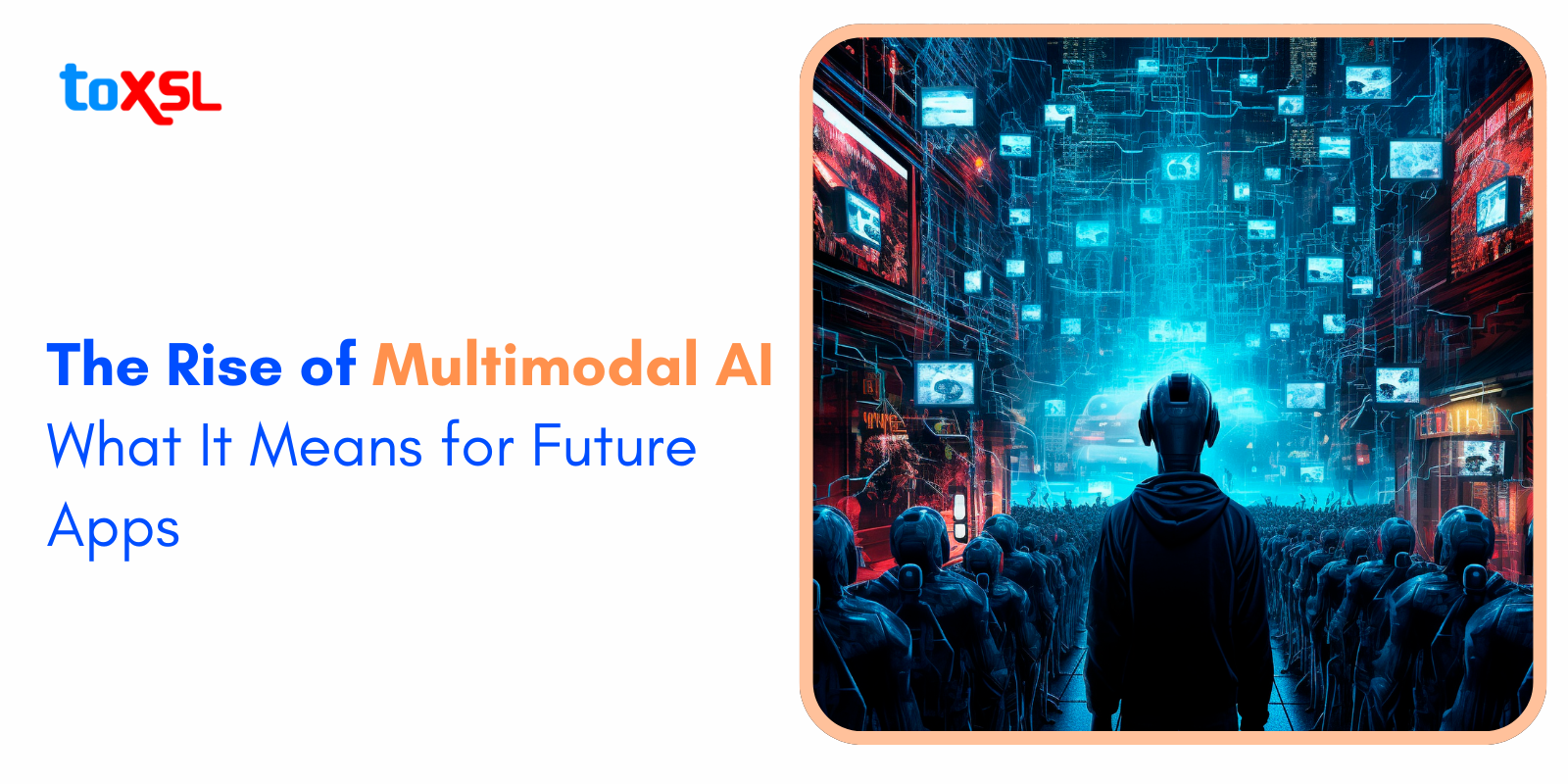
The global multimodal AI market is estimated to reach $2.51 billion in 2025 and $42.38 billion by 2034, growing at a CAGR of 37.03%. The growth in the Multimodal AI market is due to technological advancements and increasing adoption of AI technologies across numerous industries including healthcare, automotive, and retail.
Artificial Intelligence (AI) has evolved rapidly over the past decade. Large language models and single-modality AI systems such as ChatGPT and DALL-E have transformed how we interact with technology. However, with the advancement in innovation, the new frontier has evolved, and it is: Multimodal AI.
Multimodal AI refers to artificial intelligence systems that can process, understand, and generate outputs based on numerous data modalities. An unimodal AI handles only one type of data e.g. text or images, while multimodal AI combines these different inputs to achieve a richer understanding of information. For example, a multimodal AI can analyze a video by correlating spoken words with visual cues (images), or interrupt a social media post by combining text, emojis, and images to detect sentiment accurately.
Key Takeaways
- Multimodal AI combines text, images, audio, and video for richer, context-aware understanding.
- It’s transforming industries like retail, healthcare, autonomous vehicles, and social media.
- Future apps will offer hyper-personalization, autonomous AI agents, and seamless multimodal interfaces.
- Benefits include improved accuracy, robustness, and enhanced problem-solving across domains.
- Challenges like data fusion, ethics, and computation exist, but tools like Vertex AI Gemini boost development.
How does Multimodal AI work?
Multimodal AI models are smart systems that can understand and work with different types of information at the same time, like text, images, and sounds. They use special techniques to connect related parts from these different types, for example, matching words in a sentence to certain parts of a picture. During training, the AI learns to link these different kinds of data so it can understand how they relate, like pairing a caption with the right image.
Developers build these models using tools like Hugging Face’s Transformers and PyTorch Multimodal, which make it easier to create and train them. In the future, these AI systems will get better at syncing things like video and audio, handling live data from sensors, and running more efficiently by using smaller, focused models instead of huge, all-purpose ones.
Application of Multimodal AI
Multimodal AI is already making significant impacts across various sectors by enhancing user experience, operational efficiency, and creativity.
1. Retail and E-commerce: In retail, multimodal AI combines data from different sources like shelf cameras, RFID tags, and sales records to help stores manage their inventory better, predict customer demand more accurately and offer personalized promotions. For example, Walmart uses this technology to improve its supply chain and create a smoother shopping experience for customers by making sure shelves are stocked and promotions fit what shoppers want.
E-commerce platforms use multimodal AI to analyze customer behavior, product reviews, and images to provide smart product recommendations and personalized shopping help.AI-powered virtual assistants can understand both text and pictures, enabling features like virtual try-ons and better matching of products to customer preferences.
2 Consumer Technology: Voice-activated assistants like Google Assistantuse multimodal AI by combining voice recognition, understanding of language, and visual information. This mix helps these devices give smarter, more helpful answers that fit the situation. It also lets them do more things, making the overall experience better and easier for users.
3. Autonomous Vehicles: Autonomous vehicles rely on multimodal AI to combine information from different sensors like cameras, radar, and others. By merging these inputs, the vehicle can understand its surroundings in real-time, spot obstacles, and make safe driving decisions. Each sensor sees the world differently. For example, cameras capture detailed images and radar works well in poor weather. Putting all this data together helps create a complete and accurate view of the environment, which reduces accidents and improves traffic flow. This technology allows self-driving cars to react quickly and safely, even in complex situations like detecting a pedestrian hidden behind another vehicle. Companies like Tesla and Waymo use multimodal AI to make their autonomous cars smarter and safer.
4. Healthcare: Multimodal AI in healthcare combines information from patient files, medical scans, and what patients say about their symptoms. By looking at all these details together, it helps doctors make better diagnoses and provide health advice that fits each person. This way, patient care becomes more accurate and personalized.
5. Social Media and Content Creation: Social media platforms use multimodal AI to analyze text, pictures, and videos all at once. This helps them understand how people feel, spot popular trends, and see what content gets the most attention. Because of this, they can suggest better posts, show ads that match users’ interests, and quickly find harmful content making the experience safer and more personalized.
Content creators and marketers also use multimodal AI to create and review different types of media. This helps them design more creative and successful campaigns.
6. Energy and Industrial Sectors: Companies like Exxon Mobil use multimodal AI to combine information from sensors, geological data, and environmental reports. By bringing all this data together, they can manage resources more efficiently, improve production, and make faster decisions.This helps them work more sustainably and get better results.
The Future of Multimodal AI in Applications
The future of multimodal AI offers a lot of ways which apps are designed and used, providing more intuitive, intelligent, and autonomous systems.
Hyper Personalized Digital Experiences:Multimodal AI combines information from texts, pictures, voice messages, and videos to create digital experiences that feel personal and unique to each user. For example, learning apps can change the way they show lessons based on how a person interacts with different types of content. Similarly, online stores can create custom product descriptions and interactive shopping features that match what each shopper likes.
Autonomous Multimodal Agents: In the future, AI agents will be able to plan, think, and act on their own using different kinds of information like text, images, and data. They will take care of complex tasks such as reading documents, extracting key details, making reports, and communicating with all team members automatically. This will help businesses work faster and smarter, and create new ways to operate.
Enhanced Creativity: Multimodal AI will help creators make rich and exciting content by mixing text, images, videos, and sounds. This will open up new possibilities in areas like marketing, entertainment, and education.
Next-gen Interfaces and Devices: Smartphones and other devices are already using multimodal AI to make interactions feel more natural and lively. Open-source multimodal AI tools are making it easier for developers to create new features, helping these technologies grow faster. This will boost exciting applications like virtual reality, gaming, and augmented reality, giving users richer and more interactive experiences.
AI as an Expert Assistant: With platforms like Google’s Vertex AI Gemini, developers can create applications that understand and work with different types of data, including code. This will change AI from basic tools into smart assistants that help with problem-solving and boost creativity.
Final Words:
Multimodal AI is a big step forward for artificial intelligence. It helps computers understand and create things using words, pictures, sounds, and videos all at once. This technology is already changing many areas like shopping, healthcare, self-driving cars, and making content.
In the future, multimodal AI will give us more personalized experiences, smart helpers that work on their own, and easier-to-use apps. This will change how we work, learn, and use technology. People and companies who use this technology will have more chances to grow and succeed. At ToXSL Technologies, we offer various AI services to businesses worldwide. Contact us to learn more.




